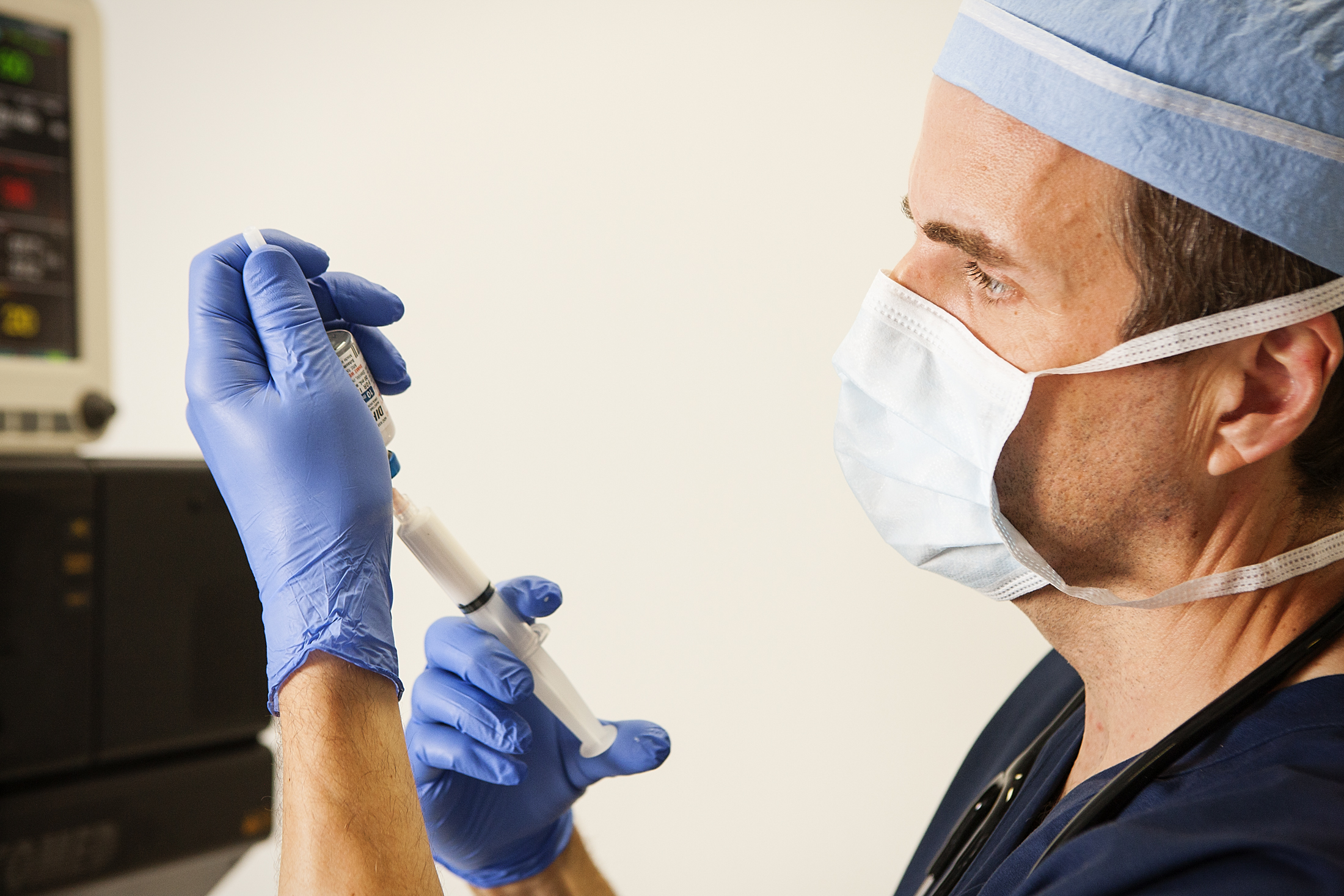
Credentialing involves establishing the qualifications of licensed healthcare professionals and securing the appropriate and requisite documentation concerning their background, experience and licensure. The appropriate precautions are taken to ensure that the anesthesiologist or CRNA has a valid license to practice in the state where the provider will be working. In addition to licensure, the medical malpractice history of the candidate in question must be assessed. If the provider has a malpractice history, a careful assessment and analysis is made of that history. The circumstances and outcome are considered. In an ideal world, all anesthesiologists and CRNAs selected should have an exemplary practice history without any malpractice claims. However, this is not always the case. Some claims are legitimate claims by patients, some are frivolous and many are ancillary – the anesthesia provider is named in the suit but the claimed injury is not directly the result of the administration of anesthesia. The objective is to select an anesthesia provider with as few malpractice claims as possible (ideally none).
Reference checks are an essential step in the credentialing process to ensure that the anesthesiologist’s or CRNA’s qualifications are validated. One can get an assessment of the anesthesia professional’s technical skill as well as bedside manner by speaking to her fellow healthcare professionals.
Additionally, a comprehensive credentialing packet is sent to the anesthesia professional to complete. This has to be completed and shared with the surgical facility where the anesthesia provider will be rendering services. The components of the credentialing packet include:
– State-specific license to practice
– National license in the case of CRNAs
– Board certifications
– Graduate school or medical school diplomas
– Proof of malpractice insurance
– Continuing education certificates
– Current ACLS certification
– A self-query from the National Practitioner Data Bank
The National Practitioner Data Bank is a federal data bank created by the Medicare and Medicaid Patient and Program Protections Act of 1987. It was designed to collect and release information concerning the competence and conduct of physicians and other health care practitioners. The Health Insurance Portability and Accountability Act of 1996 resulted in the creation of the Healthcare Integrity and Protection Data Bank (HIPDB). It served as a system to alert users that a review of a provider’s or supplier’s history may be in order. In May of 2013, the NPDB and HIPDB were merged into one data base, the NPDB.
A background check and drug screening are mandatory elements of the credentialing process.
Once all the requisite documentation is collected, it is stored in a secured data base at corporate headquarters and transmitted through a secure mechanism to client facilities.
Maintenance of the files involves updating them periodically with current certifications and licensures as they are renewed and adding proof of continuing education credits as they are accumulated.
In addition to updating each client facility with current documentation pertinent to each credentialed provider, steps to ensure compliance with the credentialing requirements of individual accrediting bodies are taken. Surgical facilities usually choose one of several national accrediting organizations. These include the Accreditation Association of Ambulatory Health Care (AAAHC), the American Association for Accreditation of Ambulatory Surgical Facilities (AAAASF) and the Joint Commission. Each organization has its own specific set of requirements for the credentialing of providers that must be met and maintained.
In summary, credentialing involves the documentation that an anesthesiologist or CRNA is qualified to render anesthesia services and patient care. That documentation needs to meet the requirements of federal and private accreditation bodies and must be appropriately maintained and updated.
Haroon W. Chaudhry MD

